Nothing is better than even more pixels
If you consider how high (or rather low) the resolution of conventional infrared cameras actually is and how large the area to be monitored is, including many, often very tiny details (e.g. pins), then you will very quickly understand that many measurements cannot be accurate at all – even if you believe in good faith that they are. The colleague in the intro picture has succumbed to precisely this misconception, using an infrared attachment with a tiny, tiny bolometer.
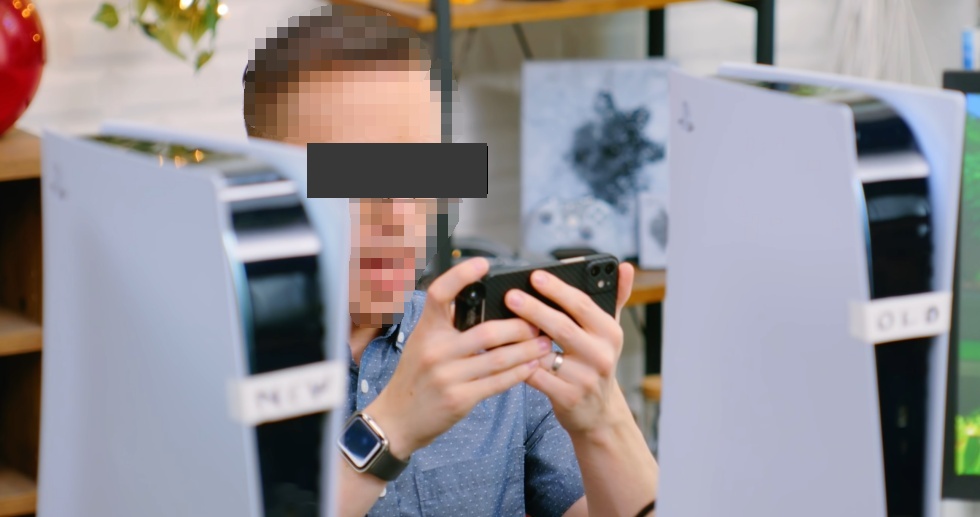
FLIR now offers quite inexpensive bolometers, which, however, with 80 x 60 pixels do not really offer a useful resolution, but are always installed when it has to be as cheap and small as possible (see picture above). In this case, as shown in the first slider, very extreme interpolation is required if a larger area is to be displayed. The transition points and missing pixels are simply extrapolated, leaving almost all details behind. That’s neither useful nor honest, but I’ll get to that in a minute. Exemplary for the extreme loss of information is e.g. on the left the hotspot at the shunt of the power supply. But if you take a closer look here, you’ll notice that something like this can no longer pass for a measurement.
But the manufacturers of the devices with the tiny bolometers are clever, because with such a “picture” you can not attract buyers and rip off. That’s why many of the providers use, in addition to a different, much more colorful color scale, especially the trick with the so-called superposition. Here, very often the image of a normal and cheap black and white camera with VGA resolution (640 x 480 pixels) is superimposed with the interpolated result of the small bolometer (80 x 60 pixels). Using simple algorithms, the image processor calculates the contours of the VGA image and blends both images. The following slider shows how suddenly a supposedly detailed image is created, which however is only based on 80 x 60 real measuring points, which are then all inaccurate in the result:
We see, it’s still the same nonsense, but it looks 1000 euros more expensive right away and is supposed to impress the customers. Much ado about nothing, but gladly used, unfortunately. Finally, the next slider shows us how accurately such a 480p bolometer can capture the data, because even the small solder points (metal) are congruent with the VGA graphics, which are not needed here at all!
Extreme measuring errors due to too low resolution
Unfortunately, with low-resolution cameras, you can’t get as close to the object you’re measuring as you’d like to in order to still capture certain details better. Here very hard physical limits are set by the respective optics. We use distances between 10 and 150 cm for our measurements, depending on the object to be measured, the level of detail and the lens. Even with cameras that only offer 320p resolution, you can still get reasonably accurate measurements as long as the optics and distance are right. The rectangle shows the captured area for which such a camera still calculates and outputs a useful average value.
At much smaller resolutions, however, it becomes critical. If you want to capture the entire board, you will unintentionally capture much colder areas (pins and lands with noticeably lower emissivity), so the average temperature output will always be significantly too low. Only the person measuring doesn’t even notice! The values obtained in this way are so inaccurate that it is no longer a measurement, but at most a kind of estimate.
In a direct comparison between a handheld with an image the size of a postage stamp and the high-resolution camera, a difference in measurement of up to 10 °C (and more) can easily result, despite the emissivity specification for VRMs, if you don’t have a really sure hand. I have described often enough how such an infrared camera works and how the built-in matrix reacts to thermal radiation. So we’ll save that part at this point.
On the next page, however, we will deal with general errors that can be seen again and again in measurements and that can lead to very inaccurate or unusable results. I wrote already about refraction, diffraction and other things and asked you also to remember this once.















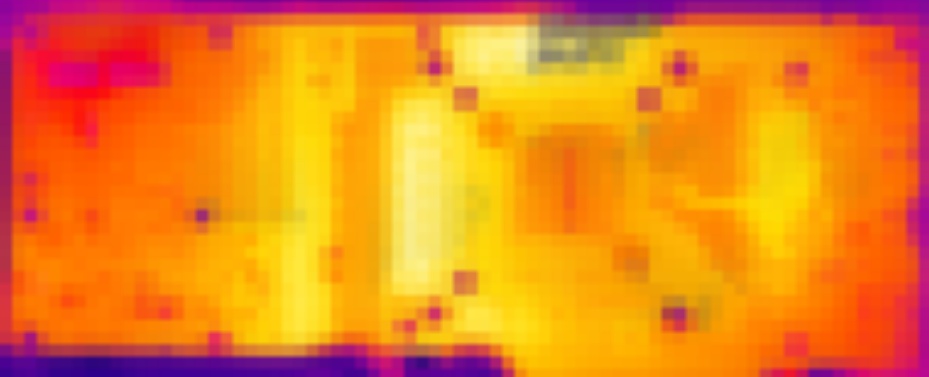
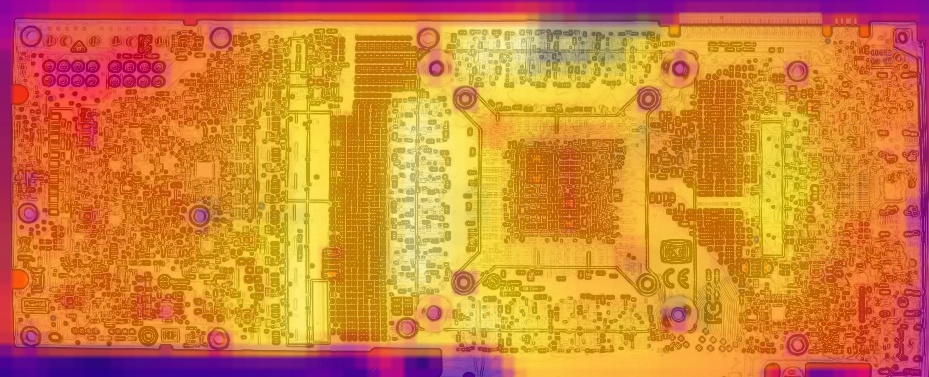
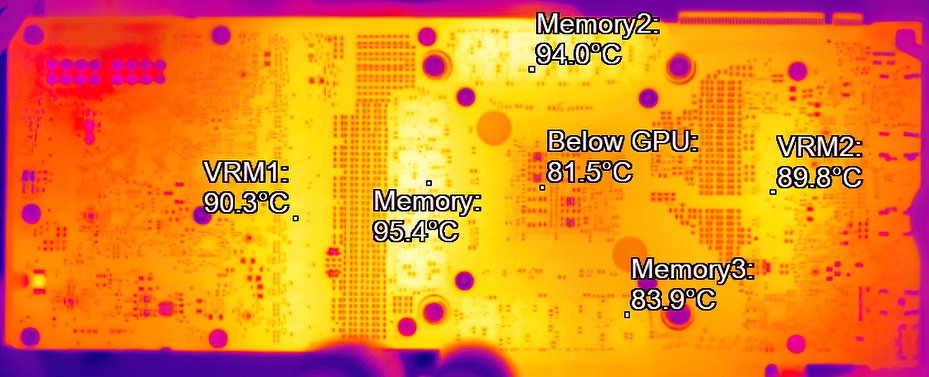
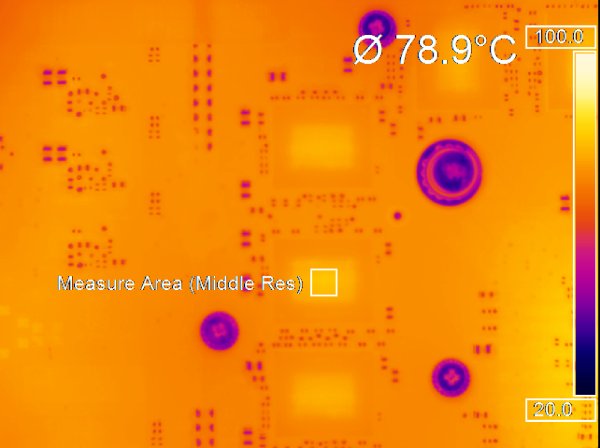
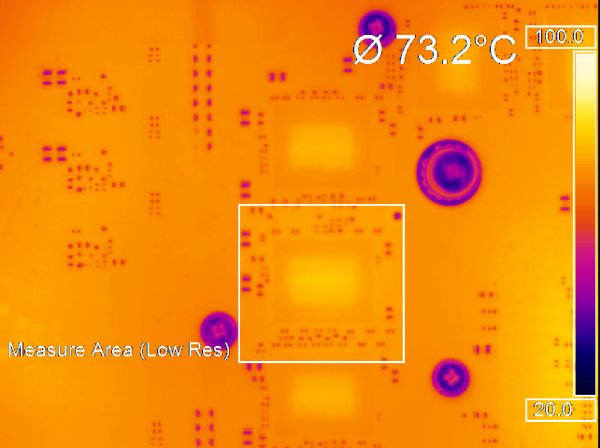

















43 Antworten
Kommentar
Lade neue Kommentare
Urgestein
Veteran
Urgestein
Urgestein
1
Veteran
Urgestein
Mitglied
Urgestein
Urgestein
1
Urgestein
1
Urgestein
Urgestein
Urgestein
Mitglied
Mitglied
Urgestein
Alle Kommentare lesen unter igor´sLAB Community →